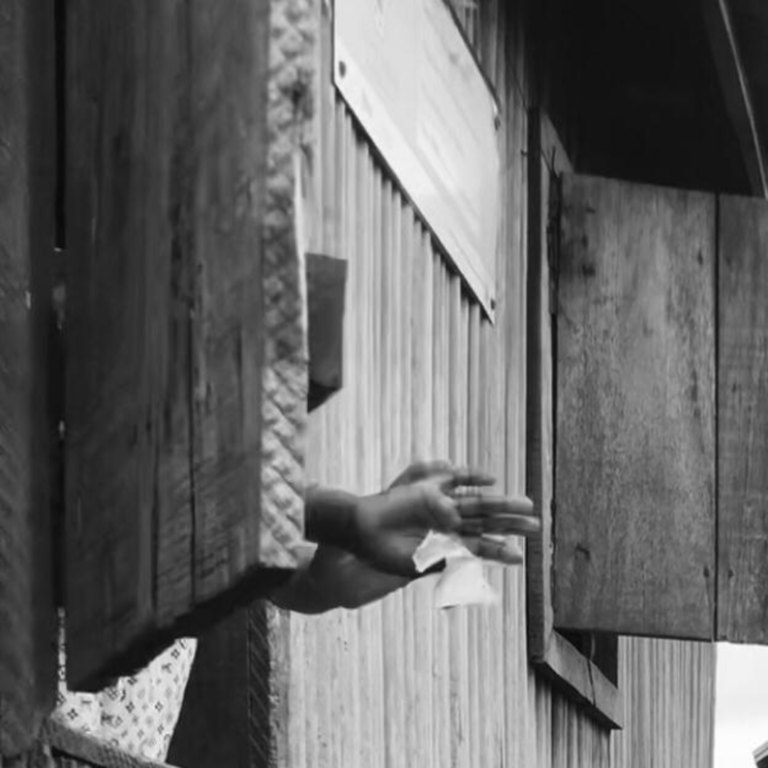Many people know Abuja as Nigeria’s capital city, but not everyone knows how this happened and why it happened.
Let’s take a trip down memory lane.
Why the change in capital?
Lagos has always been the commercial hub of Nigeria, especially due to its close proximity to the Atlantic Ocean. This was useful for slave masters in the slave trade era and later on, as a means to transport the nation’s resources for profit in the colonial era.
Business in Lagos grew so big that it later became Nigeria’s capital during independence in 1960. But there was a problem. This commercialisation started to affect residents, as there was a population boom in the 1970s and 1980s which affected access to basic amenities like light and water.
Coupled with fears of Lagos as a potential security risk due to the Nigerian Civil War, General Muritala Mohammed decided in 1975 to set up a panel to study whether or not Lagos could hold its dual position as a federal and state capital. The resolution was to move the Federal Capital Territory out of Lagos and into Abuja. This brings us to the next question.
Why was Abuja picked as the new capital?
The answer is simple — because of its position on the Nigerian map.
Located in the centre of the nation, Abuja was seen as a neutral point for the diverse religious and ethnic groups that made up Nigeria. It was also seen as an accessible location to all Nigerians, regardless of their origin.
How was Abuja built?
While preparing to build Abuja, Nigeria studied other major capitals for inspiration on how to plan the city. Examples of such cities were Brasilia, the capital of Brazil; Paris, the capital of France; Islamabad, the capital of Pakistan; and Washington D.C., the capital of United States of America.
Construction work started in the 1980s. At the end of that period, there was a functional water and telephone system to cater to one million people. Hospitals were built and a university was established in 1988. By the close of the decade, many people were flocking to what was being dubbed the Center of Unity.
On December 12, 1991, General Ibrahim Babangida made it official and crowned Abuja as the new capital of Nigeria.
But what happened to the native residents?
Abuja wasn’t just some deserted grassland before 1991. The area was inhabited by ethnic groups like the Gbagyi, Koro, Gade, and Gwandara. These groups had lived on the lands for over 4,000 years. The relocation of the capital from Lagos displaced these natives. Their primary means of livelihood — farming — were affected by the construction work.
There were over 800 villages in the location over which the Federal Capital Territory (FCT) was built according to Al Jazeera. The government created committees to oversee the relocation process and provide compensation for affected natives. When indigenes didn’t move as fast as expected, the government considered relocating them involuntarily and pushing them to the new capital’s fringes.
Should the move have happened?
While many Nigerians would agree that transportation and road networking is far more favourable in the FCT, Lagos generates by far more revenue. Lagos is also often considered to be the state with more great job opportunities. This is quite unlike Abuja. There, people often claim you need to have connections in government parastatals in order to get jobs.
However, in terms of security and cost of living, it seems that the Federal Government made a good choice. Lagos’ crime rate is currently 71.6% while Abuja is 61.03%. Lagos is also a more expensive city than Abuja, ranking No. 55 in the 2022 Mercer Cost of Living Survey while Abuja is 147.




